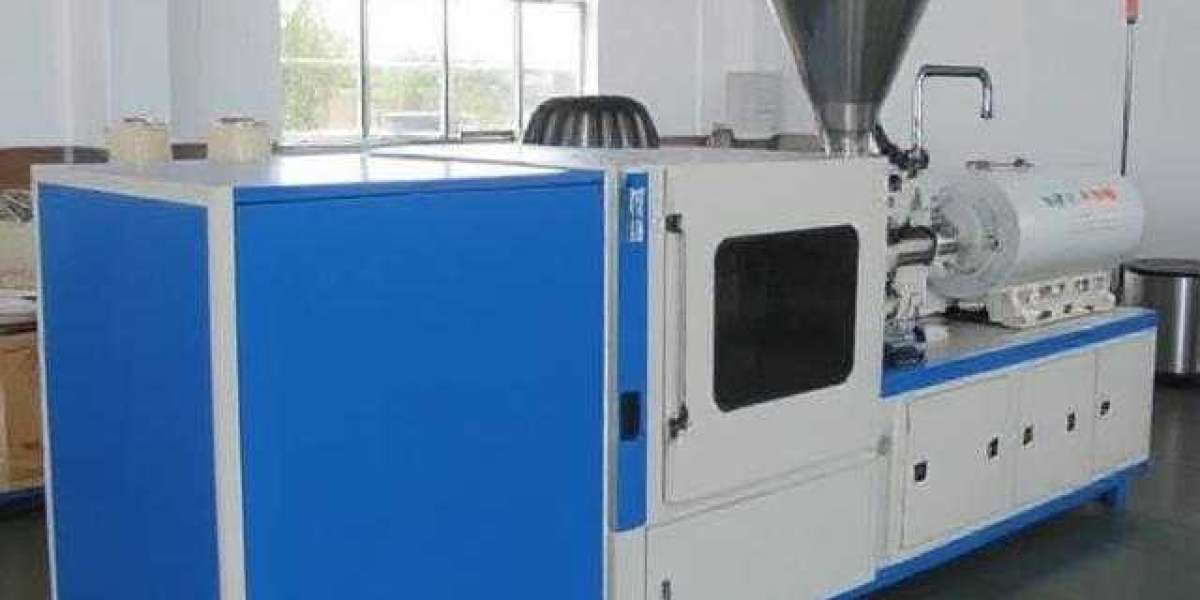For decades, molded pulp was synonymous with the rustic, slightly rough texture of an egg carton or a coffee cup carrier. These products are functional, eco-friendly, and cost-effective—the undisputed workhorses of the sustainable packaging world. They are what's known as "dry-in-mold" or "thermoformed" products, where the forming and drying happen in a single, efficient process.
But what if you need more?
What if your product is a sleek, smooth insert for a luxury smartphone? What if it's a pristine white food tray designed for the shelves of a high-end grocer? What if your packaging needs the precision and finish to compete directly with plastic?
This is where the standard pulp molding process gets an elegant and powerful upgrade: hot-pressing.
Hot-pressing is a secondary finishing step that transforms a standard molded pulp product into a high-density, smooth-surfaced, precision-molded item. It is the key that unlocks premium markets and allows molded fiber to go head-to-head with plastics in aesthetics and performance. Understanding this process is essential for any business aiming to move beyond commodity products and into high-margin, value-added packaging.
What is Hot-Pressing?
Hot-pressing, also known as "dry-pressing," is a post-drying finishing process. Here’s how it works:
Initial Formation and Drying: The product is first created using a standard pulp molding line. Raw fiber is pulped, formed on a mesh mold by a machine like a Rotary Pulp Molding Machine, and then sent through a long drying tunnel. The product that exits the dryer is strong and rigid, but it still has a relatively rough surface texture (one side smooth, one side rough) and a lower density.
The Hot-Press Stage: This semi-finished product is then automatically transferred to a specialized hot-press machine. Here, it is placed between a set of perfectly matched, highly polished, and heated metal molds (male and female).
Intense Heat and Pressure: The machine closes, applying immense pressure and high temperatures (typically 150-250°C or 300-480°F) to the product for a few seconds.
This intense combination of heat and pressure fundamentally changes the product's characteristics.
The Transformation: What Does Hot-Pressing Actually Do?
The magic of hot-pressing lies in what it does to the pulp fibers.
Creates an Ultra-Smooth Surface: The polished molds act like a giant, hot iron. They flatten the fibrous surface of the product, creating a smooth, almost glossy finish on both sides. This gives the product a premium look and feel that is impossible to achieve with standard drying alone.
Increases Density and Strength: The immense pressure compacts the fibers, squeezing out the microscopic air pockets between them. This significantly increases the product's density, making it much stronger, more rigid, and more resistant to impact and moisture.
Ensures Precise Dimensions and Sharp Details: Because the product is being pressed into a solid mold, the final dimensions are incredibly precise. This allows for sharp, well-defined edges, crisp embossed logos, and complex geometries that fit a product like a glove. This level of precision is critical for electronics and high-end consumer goods packaging.
Finalizes Drying: The heat of the press evaporates any final, residual moisture left after the main drying tunnel, ensuring the product is completely dry and dimensionally stable.
The Market Advantage: Why Invest in Hot-Pressing?
Adding a hot-press line to your operation is a strategic investment that opens the door to lucrative, high-end markets that are inaccessible with standard molded pulp.
1. Premium Electronics Packaging
Think of the packaging for a new smartphone, tablet, or high-end headphones. Consumers expect a sleek, precise, and protective unboxing experience. Hot-pressed pulp delivers a sustainable alternative to plastic trays that doesn't compromise on quality. It can be molded to the exact contours of the device, providing excellent protection with a premium feel.
2. High-End Food Service and Retail
While a standard pulp plate is fine for a picnic, a hot-pressed plate is suitable for a catered event or a gourmet supermarket. The smooth, non-porous surface is more resistant to grease and oils, looks cleaner, and provides a better surface for printing custom branding. This applies to high-end produce packaging, cosmetic inserts, and more.
3. Direct Plastic Replacement
For many applications, standard molded pulp is not a viable replacement for thermoformed or injection-molded plastic due to its rough texture and lower precision. Hot-pressed pulp, however, closes this gap significantly. Its smooth finish and high-tolerance dimensions allow it to replace plastic inserts in a vast array of consumer and industrial products, providing the same function with a far superior environmental footprint.
Is Hot-Pressing Right for Your Business?
While powerful, hot-pressing is not necessary for every application. You need to consider:
- Your Target Market: If you are producing egg cartons or agricultural trays, the added cost and complexity of hot-pressing are unnecessary. If you are targeting the consumer electronics or luxury goods markets, it is essential.
- Production Speed: A hot-press machine is a separate station. The overall line speed will be determined by the cycle time of the press. Multiple presses may be needed to keep up with the output of a high-speed forming machine.
- Added Cost: A hot-press line represents an additional capital investment and consumes more energy. This cost must be justified by the higher selling price of the premium products you intend to make.
BonitoPak: Your Partner in Premium Production
At BonitoPak, we understand that different markets require different technologies. We are experts in designing and building complete, integrated production lines for every type of molded pulp product, from basic to premium.
We can design a system that incorporates:
- A high-efficiency Rotary Pulp Molding Machine for mass-producing the initial forms.
- A perfectly matched multi-layer metal dryer.
- A fully automated transfer system.
- A robust, high-speed hot-press station to deliver that flawless final finish.
We provide the machinery, the expertise, and the process knowledge to help you decide if hot-pressing is the right strategic move for your business and to execute that vision flawlessly.
Conclusion
The world of molded pulp is evolving. It is no longer just about rough and rustic packaging. With advanced finishing techniques like hot-pressing, molded fiber is stepping onto the main stage, offering a truly sustainable, high-quality alternative to plastic in even the most demanding applications.
By investing in this technology, you are not just making a product; you are making a statement that sustainability and premium quality can, and should, go hand in hand.
Ready to explore the high-margin world of hot-pressed molded pulp? Contact BonitoPak today to learn how we can build the premium production line your business deserves.








